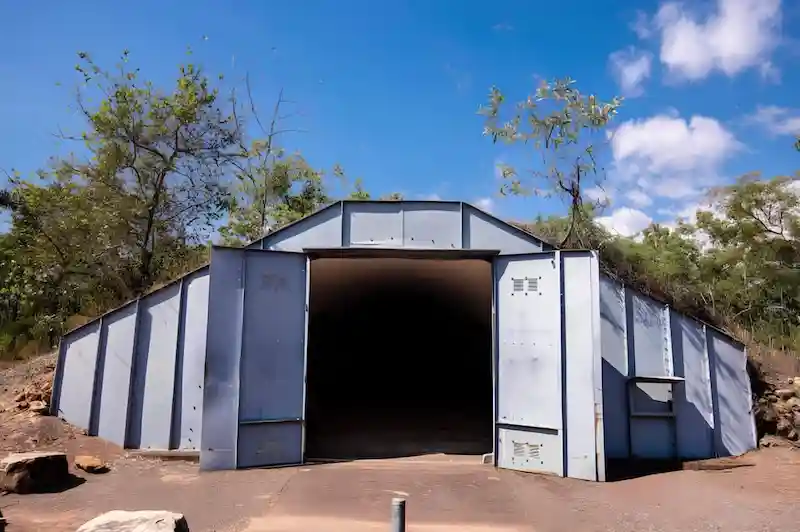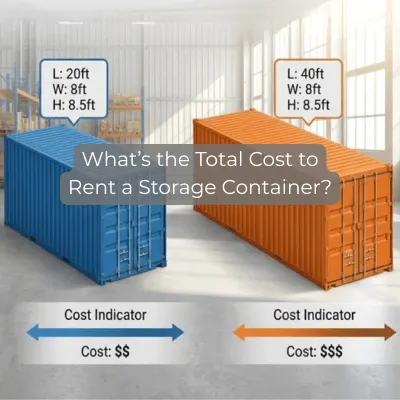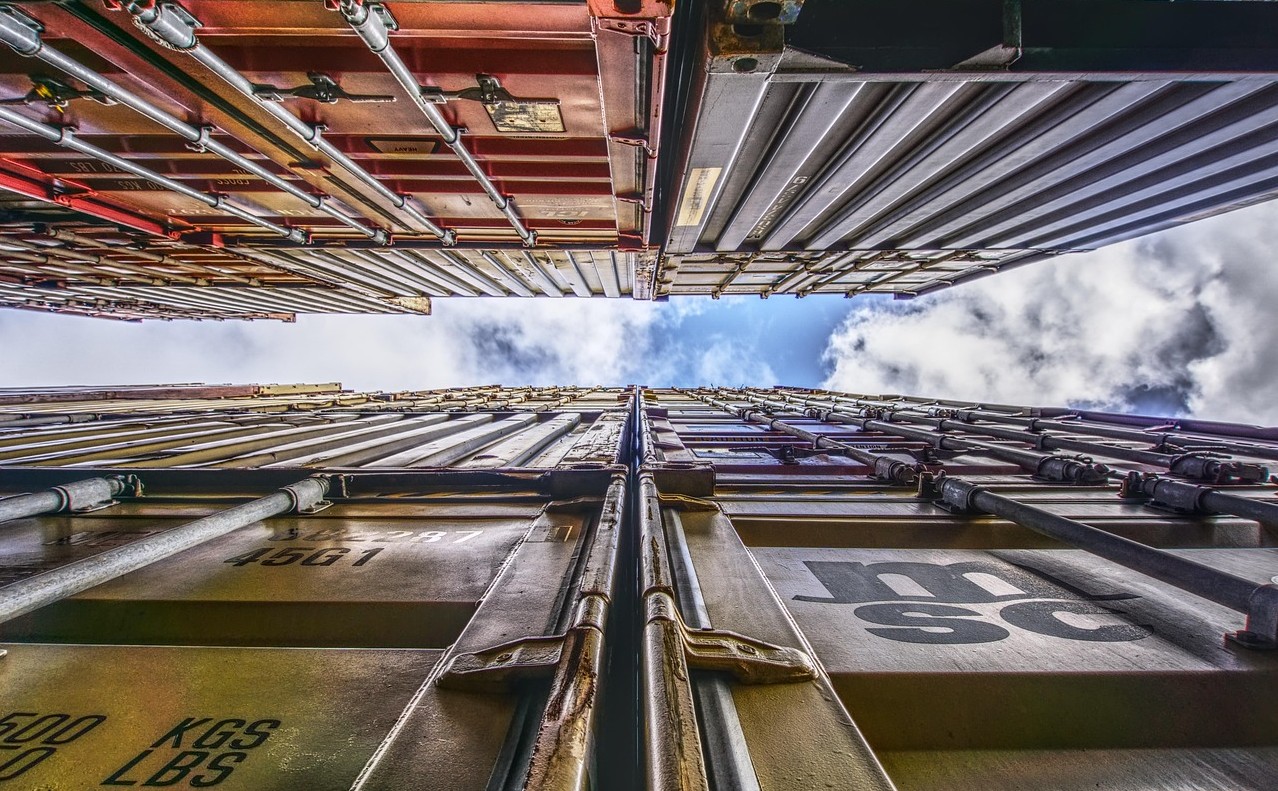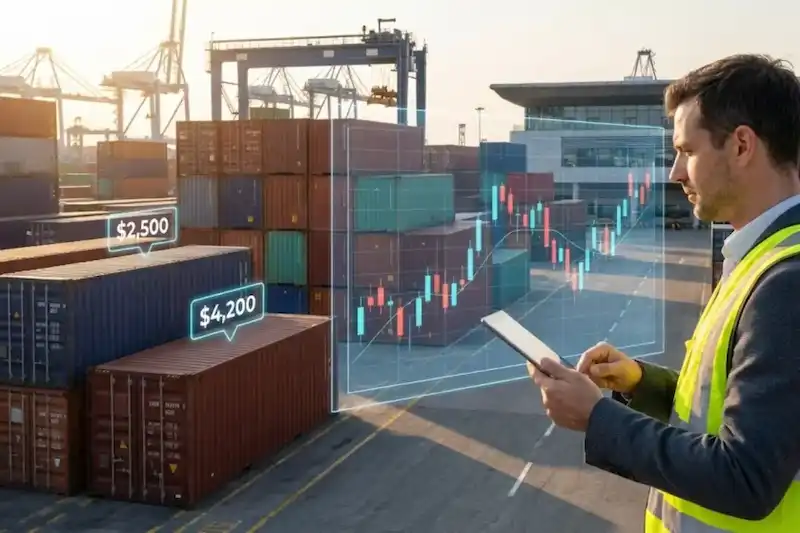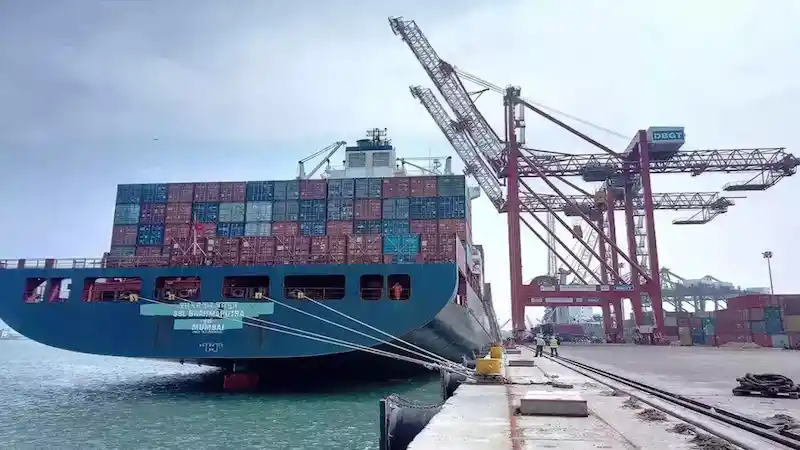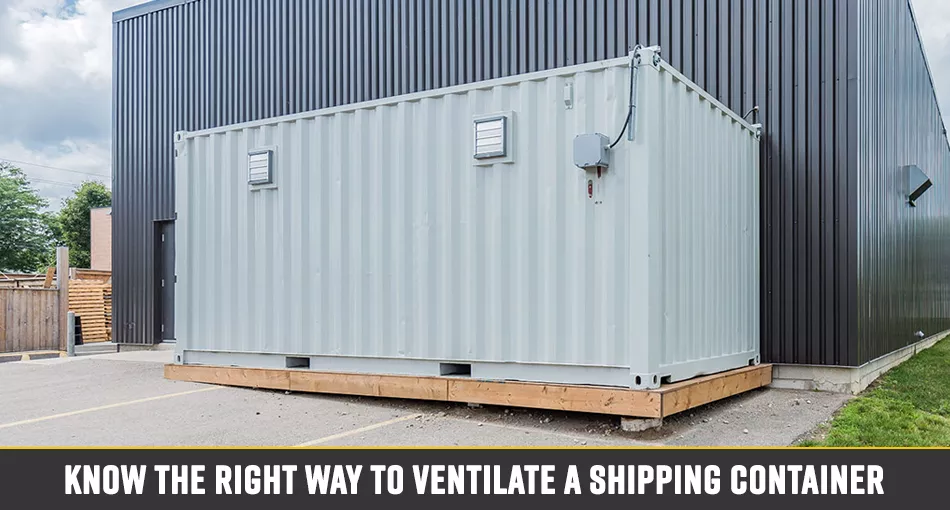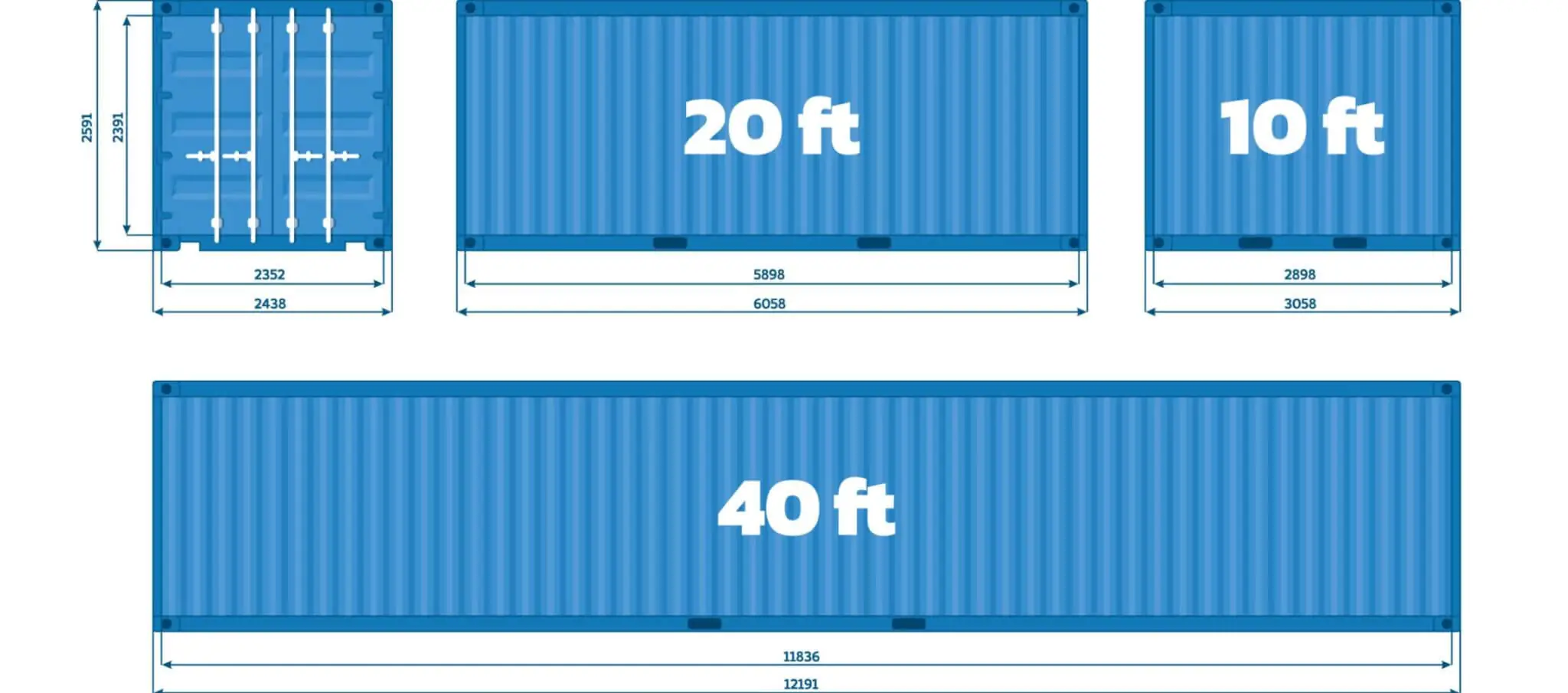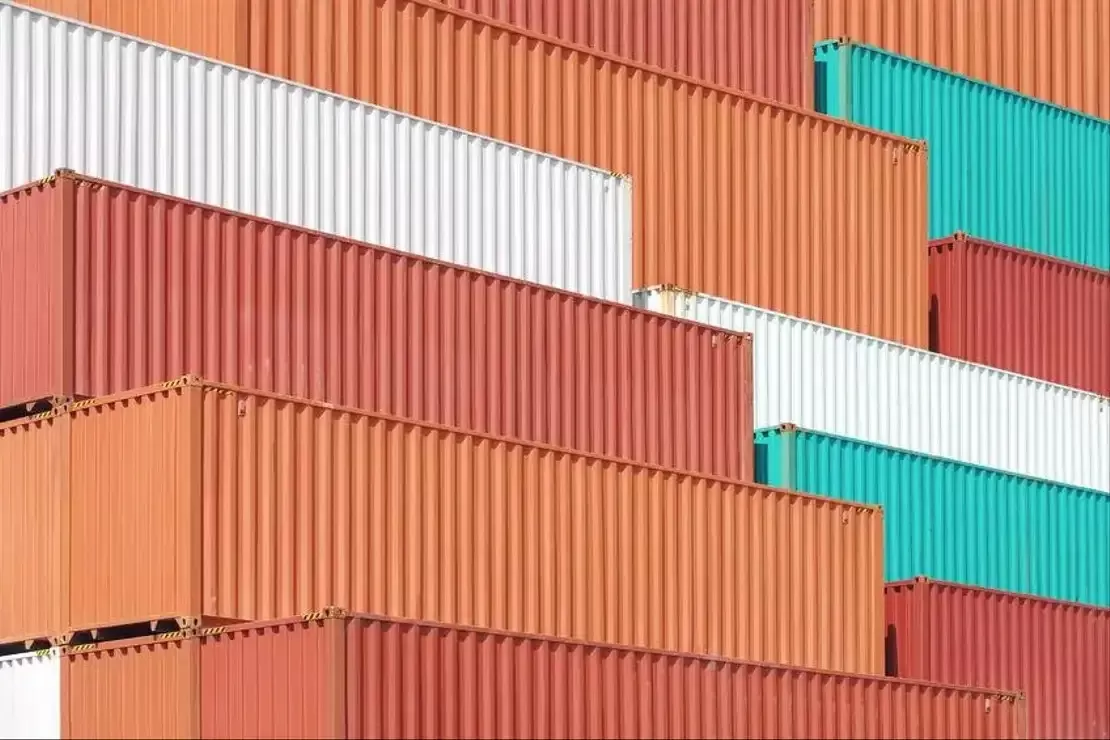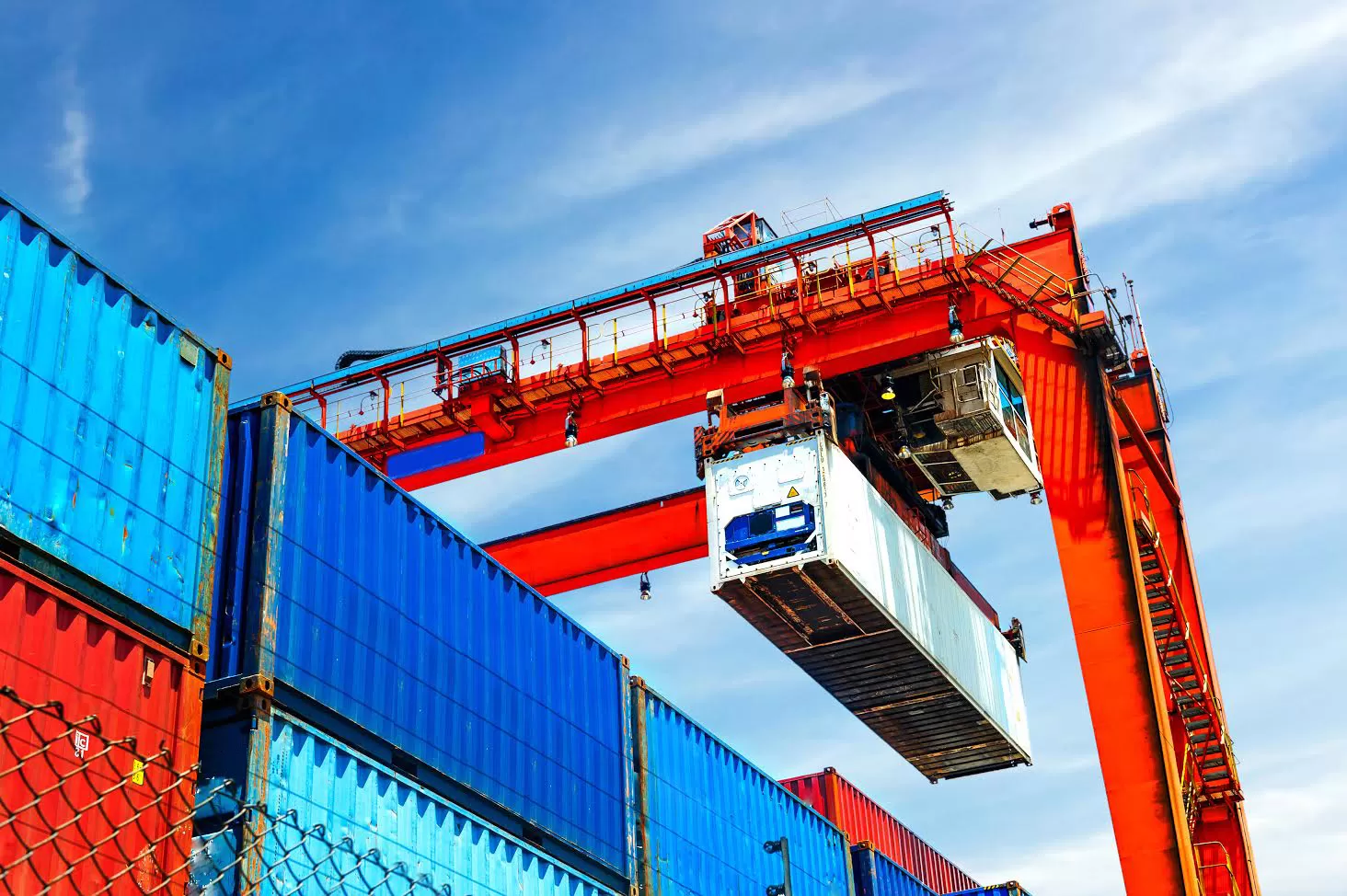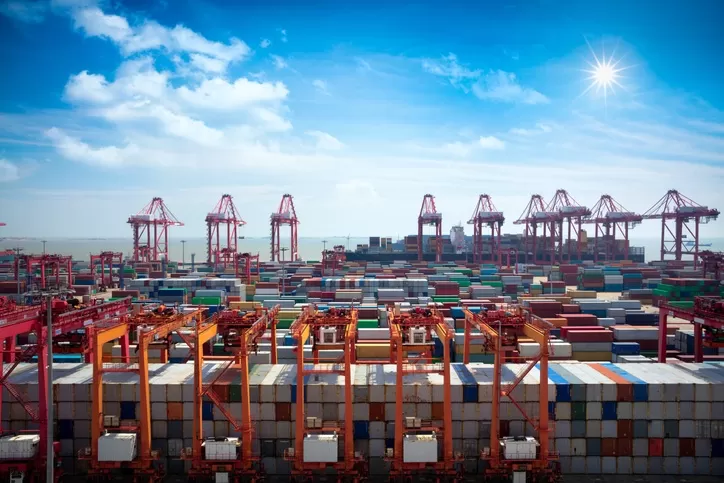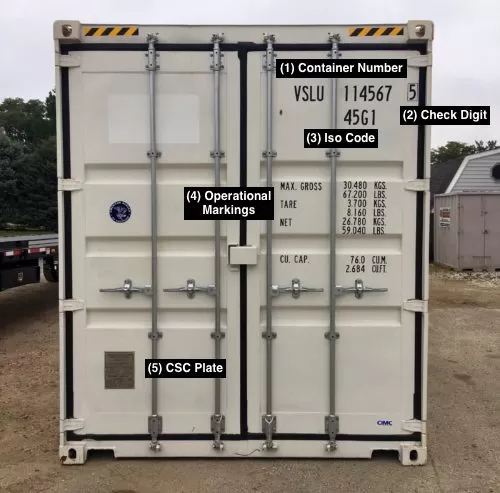Find Out Why People are Switching to Side Opening Containers

Shipping containers have long been the backbone of international trade, efficiently carrying goods worldwide. However, like all innovations, there comes a time for reinvention. Enter the side opening shipping container. Here’s how to find them properly.
Shipping Containers with Side Doors: Opening a Whole New World of Possibilities
Shipping containers have one key access point, a set of double doors located at one end. This design, while effective for many uses, had limitations. For example, when containers are located in tight spots or against walls, accessing the contents gets challenging. Furthermore, the narrow entry often posed difficulties in the organization and retrieval of goods, especially larger items that would be placed last and retrieved first. Side doors halo to solve these problems.
Imagine being able to access your goods from the side, seamlessly arranging items for priority access, and effortlessly catering to specific loading requirements. It’s like moving from the narrowness of a corridor to the expanse of an open square, completely transforming our interaction with these steel containers.
How Do You Open an Open Side Container?
Operating an open side container is simple, even for people who are used to traditional alternatives. These containers are typically equipped with a series of robust and secure latch mechanisms along the side. To open, one begins by releasing these latches sequentially, ensuring that each section is free to move. Once unlatched, each door segment can be swung open, much like you would with a folding screen or partition.
As the doors fold away, they reveal the expansive interior, inviting in light and accessibility. This design is built to endure repeated use without compromising on the security of the contents inside. It’s a blend of innovative design thinking paired with a deep understanding of end-user needs.
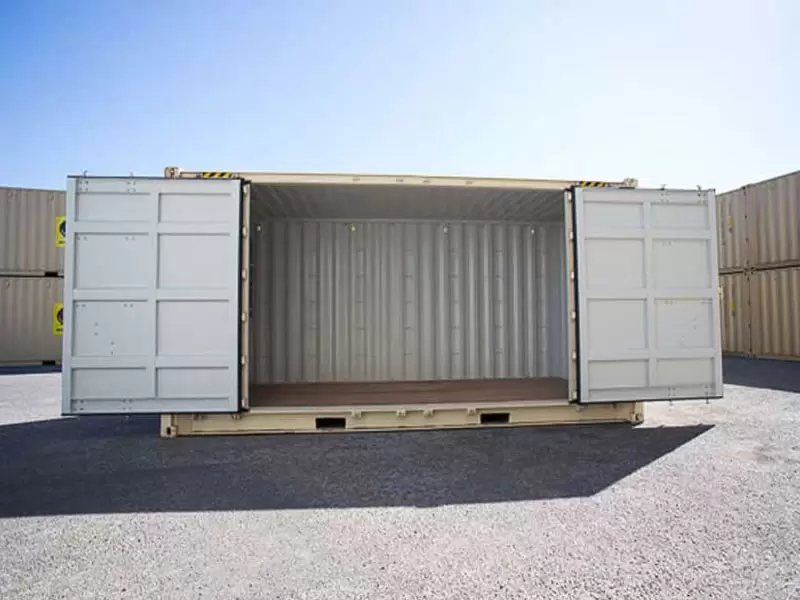
Advantages of Side Opening Shipping Containers
The integration of side doors into shipping containers has been transformative for many sectors. These are their main advantages:
- Multidirectional access. With both traditional end doors and side doors, users can access goods from multiple directions. This multidimensional entry can be particularly beneficial in constrained spaces where a container might be blocked from one end.
- Loading flexibility. Containers with side doors are advantageous for loading items of varying sizes. For instance, while smaller items might be loaded from the traditional end, larger, bulkier items can easily be accommodated through the side doors.
- Improved inventory management. Accessing goods from the side allows businesses to better organize inventory, effectively employing a “first in, first out” system, which can be crucial for perishable goods or items with shelf lives.
- Ventilation and light. When opened, the side doors allow more natural light and ventilation to enter the container. This can be vital for a certain type of goods that require well-ventilated spaces or for onsite usage as makeshift offices or storage areas.
- Rapid deployment. In emergency response, side doors enable faster deployment of resources. Relief materials can be dispatched more swiftly by opening multiple access points.
- Security. Side doors can be equipped with the same robust locking mechanisms as traditional end doors, ensuring that while access is improved, security is not compromised.
- Enhanced conversion potential. Containers with side doors can be more easily converted into modular buildings, pop-up retail spaces, or exhibition areas. The side doors provide a larger entry point, making the container feel more spacious and inviting.
- Reduction in manpower and equipment. Traditional containers often require forklifts or cranes to retrieve items stored deep inside. With side doors, manual access becomes easier, reducing dependence on heavy machinery.
- Durability and maintenance. The side doors, constructed with the same robust materials as the rest of the container, ensure longevity. Moreover, in the unlikely event of damage to one access point, having an extra entry ensures the container remains functional.
- Versatility in stacking. In situations where containers are stacked, having side access ensures that goods in a container aren’t entirely inaccessible, offering solutions in complex logistical scenarios.
With these benefits, shipping containers with side doors amplify the traditional benefits of shipping containers, letting everyone use them in different niches.
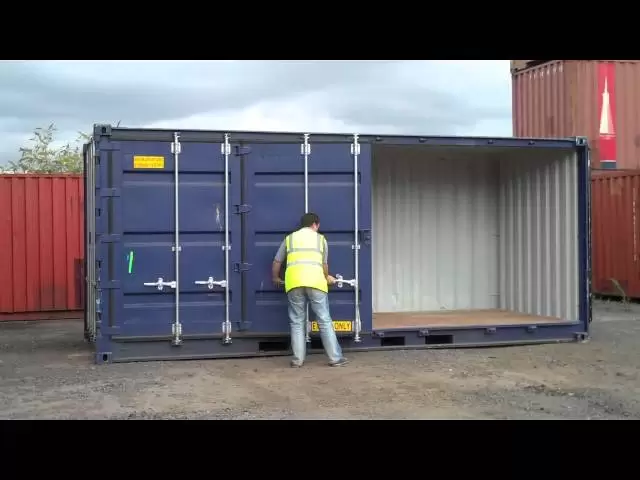
Usage of Side Opening Shipping Containers
Side opening containers can be bought for many purposes, including:
- Events and exhibitions. The side opening feature can transform the container into an instant display booth or stage.
- Retail spaces. Innovative businesses can transform side opening containers into pop-up shops or cafes.
- Storage. Especially for items that need frequent access, the side door design is invaluable.
- Classrooms or training centers. They can be transformed into temporary or permanent teaching spaces, which is particularly useful in areas needing swift educational infrastructure.
- Mobile art galleries. Artists and curators can use these containers to display art pieces, making it easy to tour various locations.
- Emergency relief units. In disaster-stricken areas, these containers can quickly become medical clinics, distribution points, or temporary shelters.
- Transport of large goods. Vehicles, machinery, or oversized items can be easily loaded and secured.
- Construction sites. These containers can be used as mobile workshops or storage spaces, with tools and materials easily accessible.
Embracing change and innovation is what keeps industries thriving. Side opening shipping containers are a testament to that spirit, promising a brighter, more efficient future for logistics and beyond.
Summary
The transition to side opening containers is a logical evolution in the world of shipping and storage. Thanks to easier access, enhanced safety, and optimal space usage, they offer a compelling alternative to traditional containers. As businesses and industries recognize these advantages, the shift towards these containers will only accelerate.
What Are The Benefits of Side Open Shipping Containers?
Open side container offers a great alternative over standard-sized containers as it features easier access and makes loading and unloading much easier. – Easy loading and unloading – Especially where a forklift or pallet truck is being used. – Better access to stored items – Goods that are loaded first don’t have to be unloaded last. – Better utilization of the container – Side doors improve the functionality as it can be divided into two or more parts. – Access for extra-large items – With larger doors there is adequate room for extra-large cargo. – Conversions – You repurpose them into anything from homes and sheds to offices and pop-up shops. Want to buy a shipping container? Get the best shipping containers at competitive rates.
Vanessa is a dedicated writer and content enthusiast at Pelican Containers. With a background in practical writing and a keen eye for clarity, she transforms complex container topics into easy-to-understand and useful content. Her passion lies in exploring the evolving world of container usage — from smart storage hacks to global logistics trends.
When she's not writing, Vanessa loves discovering creative shipping container projects or traveling to find new inspiration.
Explore thoughtful, informative, and accessible content with Vanessa!
Vanessa is a dedicated writer and content enthusiast at Pelican Containers. With a background in practical writing and a keen eye for clarity, she transforms complex container topics into easy-to-understand and useful content. Her passion lies in exploring the evolving world of container usage — from smart storage hacks to global logistics trends.
When she's not writing, Vanessa loves discovering creative shipping container projects or traveling to find new inspiration.
Explore thoughtful, informative, and accessible content with Vanessa!
FAQ
What are the benefits of using side opening containers compared to traditional shipping containers?
Side opening containers offer enhanced access, greater versatility in loading, increased safety, efficiency in operations, and optimal space utilization.
How do side opening containers improve accessibility and ease of loading and unloading?
The side doors allow for direct access to goods without the need to unload items in the front, making it easier to load or unload a bulky item.
What industries or applications are best suited for side opening containers?
They are versatile but particularly beneficial for events, retail, storage, transportation of large goods, and construction sites.
Are there any drawbacks or limitations to using side opening containers?
While they offer numerous benefits, they might not be suited for all goods, especially those that require the full internal length of the container without interruption.
How do the costs of side opening containers compare to traditional shipping containers?
Although they might have a slightly higher upfront cost due to their design, the efficiencies they bring lead to long-term savings in operation and labor costs.
